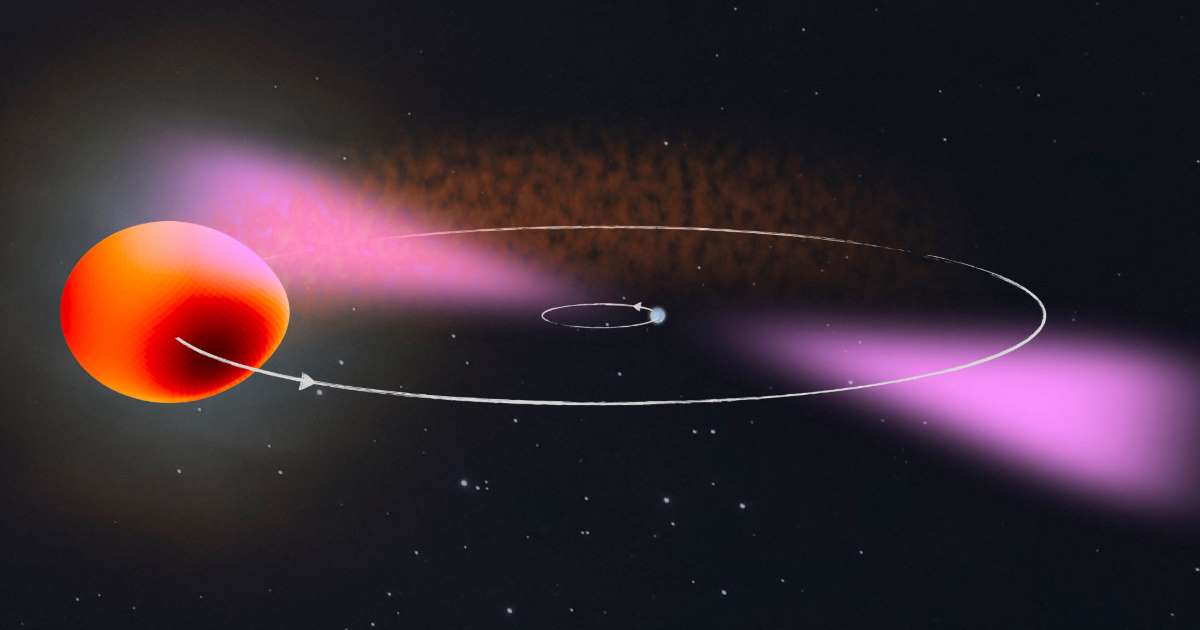Mystery of gamma radiation solved: Hidden cannibal star is just having dinner

The mystery at the heart of an unexplained, bright point of gamma-ray light in the sky has been solved: There’s a deadly spider star flaying a second, wimpier star to bits, sending out rapid-fire bursts of gamma radiation in the process
“Black widows” and “redbacks” in astronomy, as a private source previously reported, are species of neutron stars — the ultradense remnant cores of giant stars that exploded. Some neutron stars, called pulsars, rotate at regular intervals, flashing like lighthouses. The fastest-spinning among them are millisecond pulsars. When a millisecond pulsar is locked in a rare, tight orbit with a lightweight star, it slowly shreds its partner to bits with each rotation. These binary cannibals are known as black widow or redback stars. Now, with the help of citizen scientists, a team of researchers has revealed a new redback at the heart of a bright system known as PSR J2039–5617.

Since its discovery in 2014, researchers have suspected that PSR J2039–5617 contained a millisecond pulsar and a second star. The bright source of X-rays, gamma rays and visible light closely matched the expected traits of such a system. But proving it required scads of telescope data and more number-crunching than a typical desktop computer could do in a century.
Get ready to explore the wonders of our incredible universe! The “Space.com Collection” is packed with amazing astronomy, incredible discoveries and the latest missions from space agencies around the world. From distant galaxies to the planets, moons and asteroids of our own solar system, you’ll discover a wealth of facts about the cosmos, and learn about the new technologies, telescopes and rockets in development that will reveal even more of its secrets.
In two months, the researchers revealed that PSR J2039–5617 houses a deadly redback, heating up one side of its companion star so that side appears brighter and bluer. The redback’s massive gravity also warps its companion’s shape, causing “the apparent size of the star to vary over the orbit,” lead author Colin Clark, a University of Manchester astronomer, said in a statement,
The redback’s radio emissions also sometimes get eclipsed by material blown off the surface of the companion star. All those features of the complex system produce strange, varying light patterns, described in a paper set to be published in March (and available online now) in the journal Monthly Notices of the Royal Astronomical Society.

